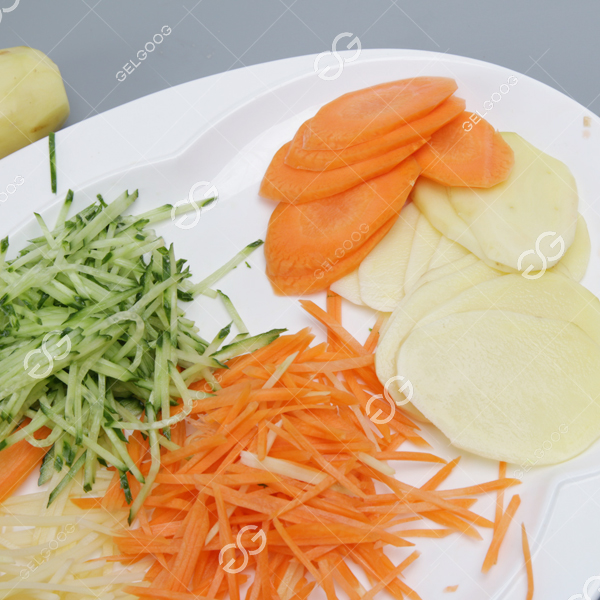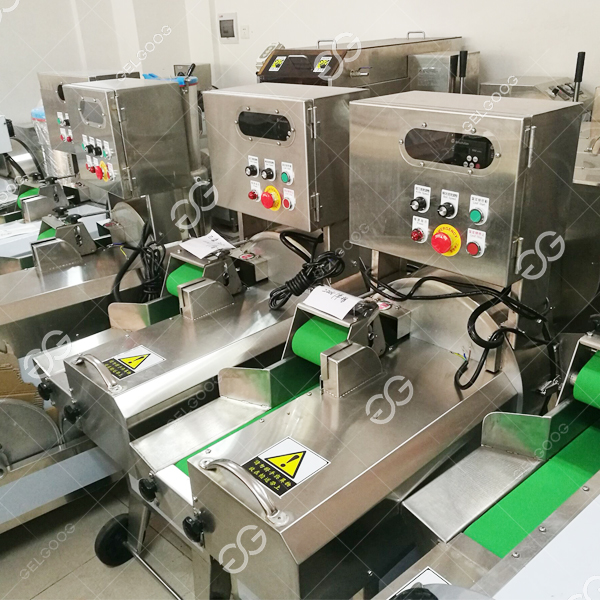Essential Vegetable Cutting Equipment for Processing Factories and Large Chain Restaurants
 Mar 14 2023
By admin
Mar 14 2023
By admin
Vegetable cutting equipment is an essential component of any processing factory or large chain restaurant that needs to prepare vegetables in large quantities. With the help of these machines, the task of cutting and slicing vegetables becomes quick, efficient, and precise. In this article, we will discuss the different types of vegetable cutting equipment available, their functions, and how they can benefit your business.
Section 1: Types of Vegetable Cutting Equipment
There are various types of vegetable cutting equipment available on the market today. The most common ones are:
Vegetable Slicers: These machines are used for slicing vegetables in different shapes and sizes, such as chips, sticks, and julienne cuts.
Vegetable Dicers: These machines are designed to cut vegetables into precise cubes or other shapes, depending on the size of the blade.
Vegetable Shredders: These machines are used for shredding vegetables into thin strips or ribbons, ideal for salads, coleslaws, and other dishes.
Vegetable Choppers: These machines are used for chopping vegetables into small pieces for soups, stews, and other dishes.

Section 2: Functions of Vegetable Cutting Equipment
Vegetable cutting equipment offers several benefits for processing factories and large chain restaurants. Some of the main functions of these machines include:
Time-Saving: Vegetable cutting machines can help save a considerable amount of time in food preparation. With their fast and efficient cutting abilities, they can process large quantities of vegetables in a short amount of time.
Consistency: These machines provide consistent results with each cut, ensuring that the vegetables are sliced or diced uniformly, which is essential for presentation and cooking.
Labor-Saving: Vegetable cutting machines can help reduce the need for manual labor, which can be time-consuming and labor-intensive.
Food Safety: Vegetable cutting machines reduce the risk of injuries that can occur during manual cutting, ensuring that the food is prepared safely.

Section 3: How to Choose the Right Vegetable Cutting Equipment
When choosing the right vegetable cutting equipment for your business, there are several factors to consider:
Capacity: The capacity of the machine is crucial, and it should match the volume of vegetables that need to be processed daily.
Blades: The type and size of blades are important, as they determine the shape and size of the vegetable cuts. Ensure that the machine comes with a variety of blade sizes to accommodate different cutting needs.
Ease of Use: The machine should be easy to operate, clean, and maintain, even for employees who have no prior experience with such equipment.
Durability: The machine should be built to last and made from high-quality materials that can withstand frequent use.
Section 4: Benefits of Using Vegetable Cutting Equipment
By investing in vegetable cutting equipment, processing factories and large chain restaurants can benefit in several ways:
Increased Efficiency: With the help of these machines, the time and labor required for vegetable preparation can be significantly reduced, resulting in increased efficiency and productivity.
Improved Consistency: Vegetable cutting equipment provides consistent cuts, ensuring that the vegetables are uniformly sliced or diced, resulting in better presentation and cooking.
Reduced Labor Costs: By automating the vegetable cutting process, businesses can reduce the need for manual labor, saving on labor costs in the long run.
Improved Food Safety: Using vegetable cutting equipment can reduce the risk of injuries that can occur during manual cutting, ensuring that the food is prepared safely.
Conclusion:
Vegetable cutting equipment is an essential investment for any processing factory or large chain restaurant that needs to prepare vegetables in large quantities. With the help of these machines, businesses can increase efficiency, productivity, and food safety while reducing labor costs

